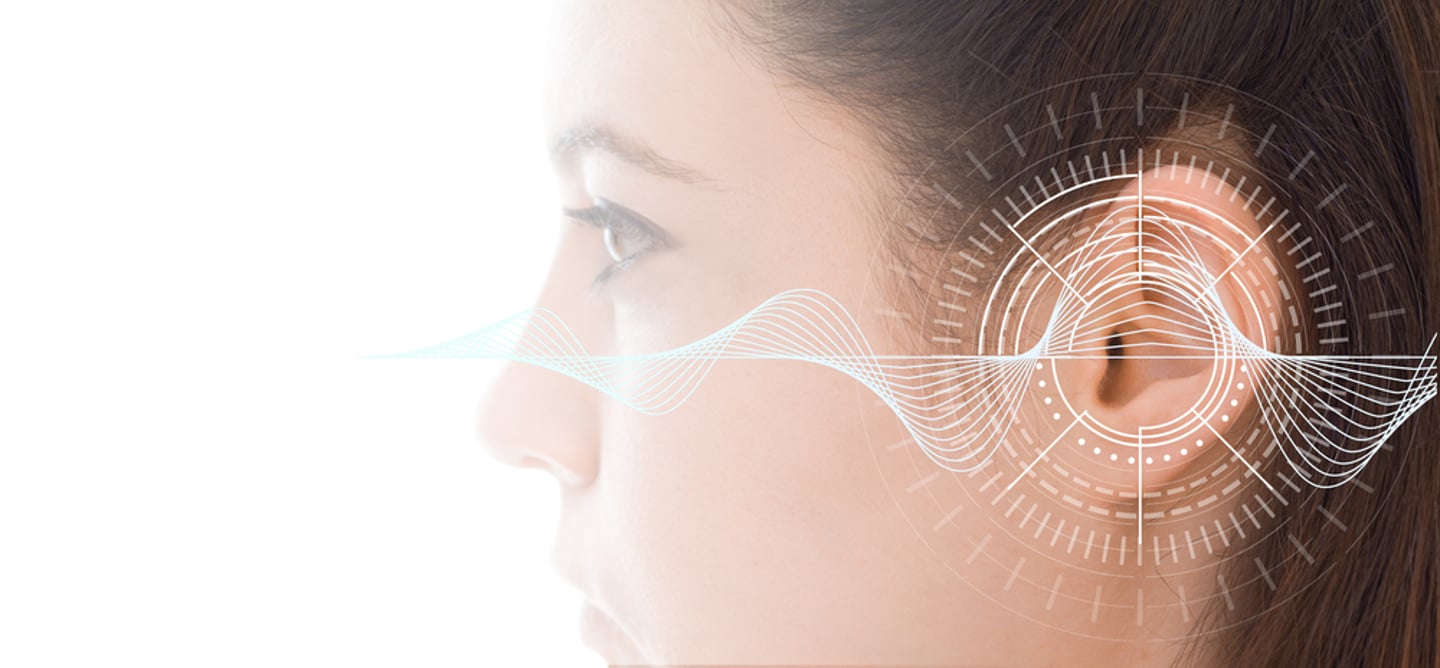Immersive Sound Experiences: The Next Big Hotel Amenity?
According to Spatial co-founder & CEO Calin Pacurariu, “Sound is a fundamental part of how we experience the world. It can deeply affect our emotions and change our physical connection to the spaces we’re in and how we perceive an environment. With that in mind, being able to change sound in a certain space can be a powerful tool in shaping an individual’s experience.”
With this mindset, Pacurariu and Michael Plitkins co-founded Spatial to “bring a more modern approach to real-time, interactive and deeply immersive experiences, using sound at the core of the experience.”
Prior to Spatial, Pacurariu spent years at Apple leading product management for software products including iPhone, iTunes Mobile, AppleTV and HealthKit, while Plitkins worked as a founding engineer at Nest and helped develop a set of groundbreaking smart consumer products for the home while also defining the category known as Home IoT.
The two have used their technology to help hospitals and theme parks create experiences that benefit patients, staff and visitors. But now, the duo is looking to bring the technology to the hotel space. According to Pacurariu, hotels need to find ways to differentiate themselves from their competitors and he believes the immersive experiences his company can provide will be a key differentiator. To learn more about these experiences, how other industries are using them, and how hotels could employ them, we spoke in-depth with Pacurariu.
Where did the idea for Spatial come from?
My partner, Michael, and I co-founded Spatial to bring a more modern approach to real-time, interactive and deeply immersive experiences, using sound at the core of the experience. With Michael’s technical expertise in defining a new category, combined with my product expertise from Apple and Handspring, we were able to address what’s been missing in audio.
At Spatial, we make it easy to design convincing, immersive audio experiences, regardless of location. Our technology doesn’t have rigid requirements for speaker position or configuration. They can be installed anywhere — indoors or outdoors — and Spatial will adapt the content in real-time for optimal realism. A catered experience can be created anywhere — from gardens to theme parks. And, any kind of data source can influence a Spatial scene, including ambient sound, weather, time of day and crowd size. Sensors also enable direct interaction with soundscapes and change how they behave.
How has its technology been especially useful during the pandemic?
When the pandemic swept the globe last year, the commercial clients we catered to such as theme parks, museums, retailers, etc. were forced to pause their operations. At that point, we refocused our efforts to bringing immersive audio experiences directly where people were working, staying and playing — all in one space — their home.
The pandemic also brought forth a new focus on wellness, especially when it came to patient care, the mental health of hospital workers and overall well being in high stress environments. Using Spatial’s technology, next generation audio students from the California Institute of the Arts (CalArts), in partnership with Henry Mayo Newhall Hospital, helped design tranquil restorative experiences. Among these experiences is a “tranquility room” designed to be used by families at the end-of-life phase of the human journey and “resiliency rooms” to provide restorative, immersive healing experiences for clinical team members after stressful experiences.
There is decades of proven research regarding the healing power of sound. Modern healthcare organizations are harnessing technology like Spatial to help their healthcare workers, patients and families remove the audio harshness from hospital noise. Using Spatial’s software, health and wellness organizations can use sound as therapeutic tools and create soundscapes that transport its guests to a calmer space.
Why do you think it will continue to be popular post-pandemic when people can travel again?
We’re directly seeing a major uptick in immersive experience projects across commercial segments. Visitors want to not only look at a great creation, but also feel and be part of it. And, sound is paramount to creating that kind of transformative experience whether at a gallery or in a hotel or resort space. This desire for deep immersion will trend upward in travel and as people continue to seek a 360-degree, authentic experience, we believe that Spatial can fill that gap.
In what ways can hotels use this technology and how does it lead to greater engagement?
We’ve created an audio simulation platform that is changing the way the world experiences sound. The integrated software platform allows designers to create immersive sonic universes with its suite of digital tools: Spatial Reality (a real-time interactive engine), Spatial Studio (corresponding software with 3D creative tools) and Spatial Control and Service (an intuitive control app and service).
People are eager to get back to traveling and experience the world outside their front door again. Hotels, restaurants, venues and more are all opening their doors, nearly simultaneously, in order to revive their properties with eager travelers. While the demand is there, consumers are now overwhelmed with choice. Adding a dose of ingenuity with an immersive experience, marrying imagery with sound, can help move the needle as a differentiator.
Once guests are booked and through the door, a hotelier’s dream is keeping them on property. Why not give them the unexpected with an experience that connects to their emotions? Hoteliers can elevate on-site indoor spaces with the sound of a unique outdoor experience — like an oceanfront meal even when the ocean is miles away, or a spa experience surrounded by a rainforest. Since sound is so heavily connected to emotion, a single soundscape can make guests feel more relaxed, energized or even productive. Hoteliers can effectively channel what they want their guests to feel in each space of the property and craft an immersive sound experience to bring out that emotion.


